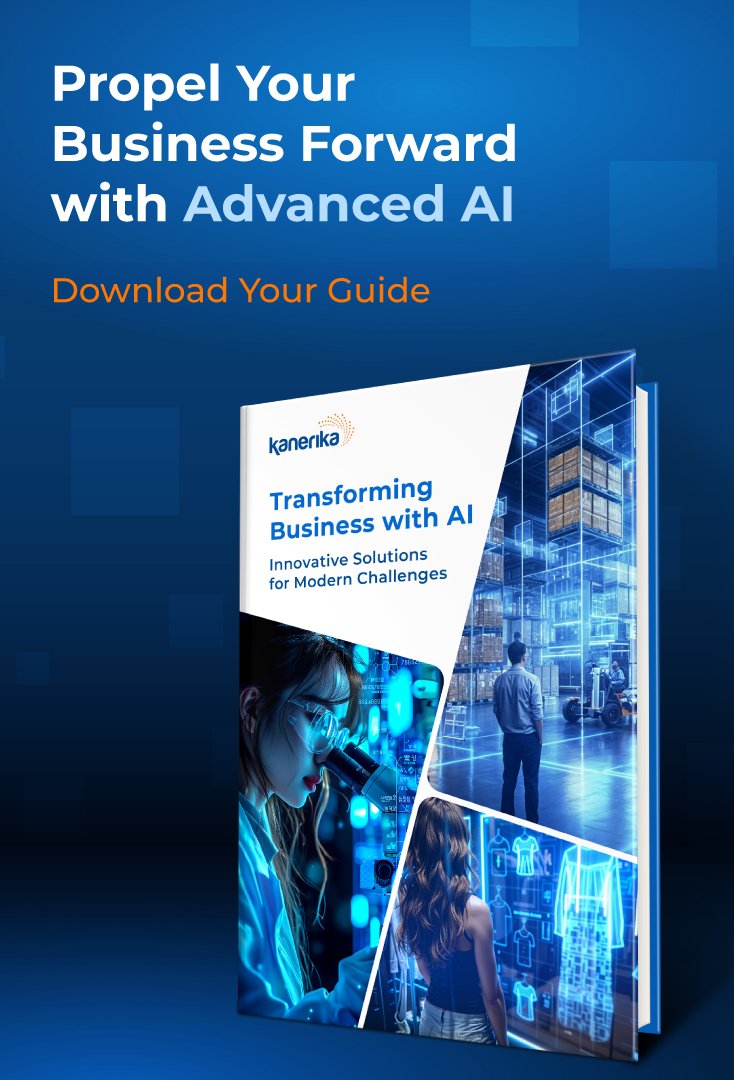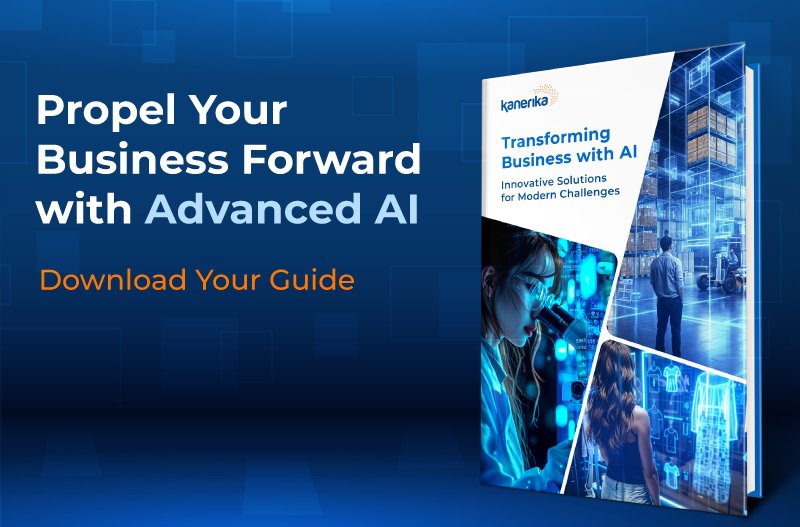Insurance companies are constantly seeking ways to optimize their operations and maximize profitability. In today’s rapidly changing business environment, data has become the most valuable asset for any organization. This is where insurance business intelligence systems come in.
Business intelligence software processes business data and presents it in a user-friendly manner through charts, dashboards, and reports.
Insurance business intelligence has become essential for greater profitability and better customer service.
Let us analyze it in greater depth.
What is Insurance Business Intelligence?
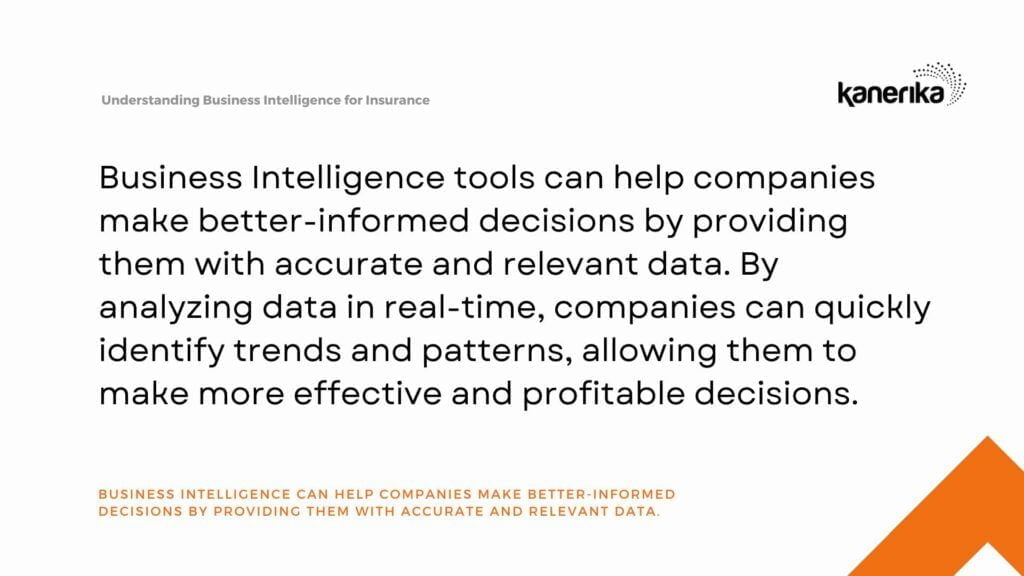
Business intelligence software is an application software that helps businesses collect, analyze, transform, and report data. Insurance business intelligence is a vital tool that has to be adopted to survive and prosper in the current scenario.
The ability to analyze data in real-time and make data-driven decisions allows insurance companies to be proactive rather than reactive.
Data is the backbone of the financial sector, especially the insurance industry. Data alone is never enough. It is the interpretation that holds the key. That is delivered by insurance business intelligence software.
BI software has the capability to execute various functions, which include:
Data collection and transformation
BI software is used to extract, transform, and load (ETL) data from various sources These include databases, files, applications, web services, and cloud platforms. It can also clean, validate and integrate data into a data warehouse for further analysis.
Data analysis and discovery
Various techniques can be applied by business intelligence software to analyze data and discover patterns, trends, outliers, and insights. Data mining, statistical analysis, predictive modeling, machine learning, and artificial intelligence can be utilized to provide answers to business problems.
Data visualization and reporting
BI software can present data analysis results in intuitive and interactive formats like dashboards, charts, graphs, maps, and tables. It can also generate reports that summarize and communicate findings.
Data action and collaboration
Enables users to take action on data insights and share them with others. It can provide features such as alerts, notifications, workflows, comments, annotations, and sharing options.
Read More – 7 Big Data Use Cases and Trends In Insurance
Benefits of Insurance Business Intelligence
In the insurance industry, even the slightest miscalculation can lead to significant financial losses. Therefore, having a reliable business intelligence system is a matter of survival.
Let’s look at the benefits offered by insurance business intelligence software:
Better Decision-Making
BI software can help companies make better-informed decisions by providing them with accurate and relevant data. By analyzing data in real-time, companies can quickly identify trends and patterns, allowing them to make more effective and profitable decisions.
Improved Efficiency
Through the use of business intelligence, insurance organizations can automate processes and eliminate inefficiencies. Automation of data collection and analysis can save time and money, while also improving their overall performance.
Increased Revenue
Business intelligence helps insurance companies increase their revenue by identifying new opportunities and markets. They can determine which products or services are most profitable and which customers are most likely to buy them.
Enhanced Customer Experience
Better analysis helps companies understand their customers’ needs and preferences, allowing them to provide personalized experiences. Insurance businesses can tailor their products and services to meet the specific needs of their customers. This allows them to satisfy customers and gain loyalty.
Competitive Advantage
BI can give companies a competitive advantage by giving them insights that their competitors may not have. Companies can quickly adapt to changes in the market and make decisions that give them an edge over their competitors.
A Look at Insurance Business Intelligence Methods
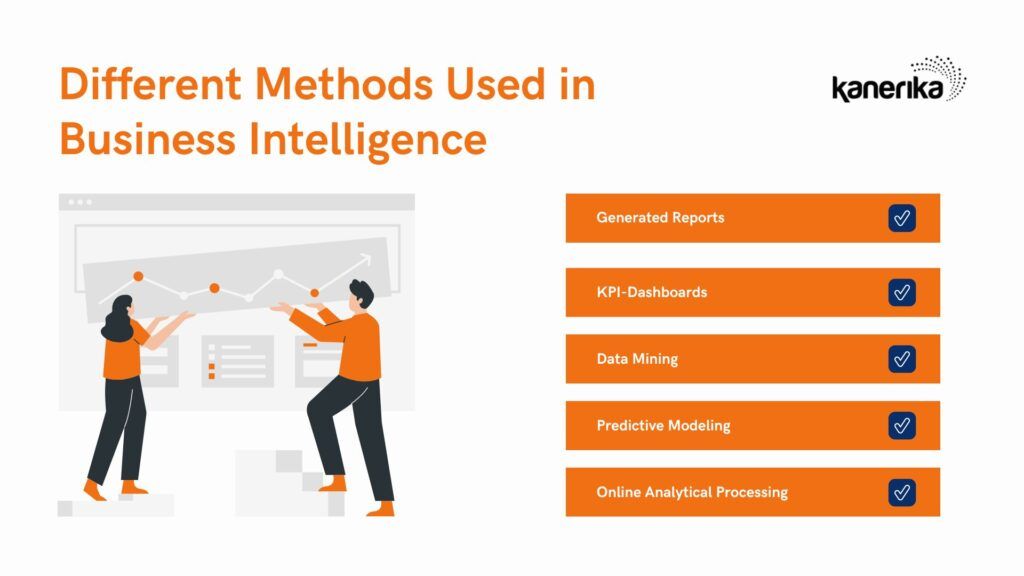
There are many different methods used in insurance business intelligence. The most effective approach depends on the specific needs and goals of the business.
Some common methods used in business intelligence for the insurance industry:
Reporting
This involves generating reports that summarize data and provide insights into business performance. These reports track progress, identify trends, and make informed decisions.
Dashboards
Dashboards visually represent key performance indicators (KPIs) that provide real-time insights into business performance. This method helps businesses monitor their performance and identify areas for improvement.
Data mining is the process of identifying patterns and trends in large data sets. This method involves using statistical techniques and machine learning algorithms to analyze data and uncover insights.
Predictive modeling is a statistical technique that involves creating models to predict future outcomes based on historical data. This method helps businesses make informed decisions and plan for the future.
OLAP (Online Analytical Processing)
OLAP is a method of analyzing data that allows businesses to perform complex statistical sorting. This method helps businesses identify patterns and trends across multiple dimensions of their operations, such as sales, products, and regions.
Meet FLIP: The Zero-Code, Plug-and-Play, Adaptive BI Tool for Insurance
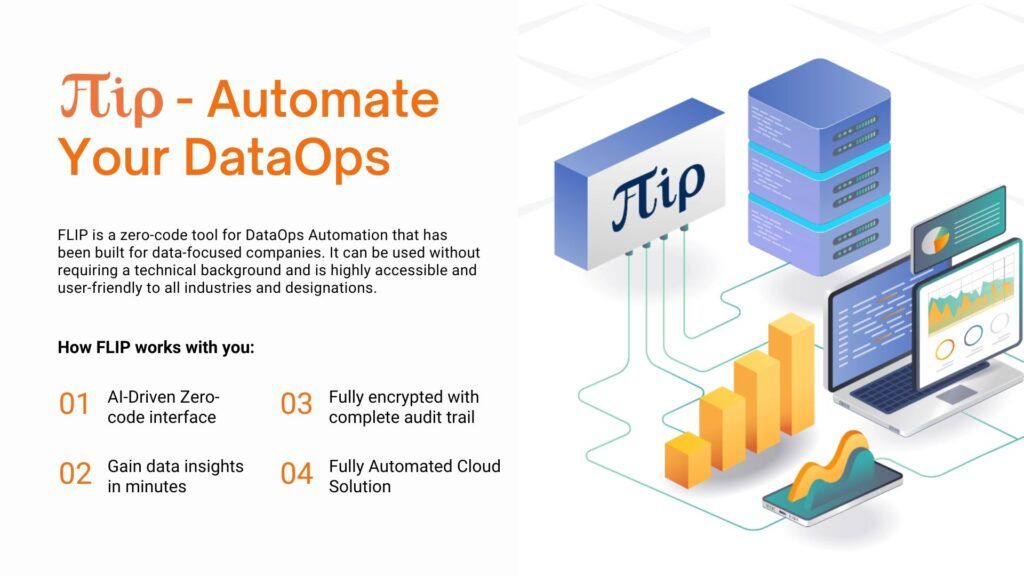
Are you looking for an insurance business intelligence tool that can handle your data challenges with ease and efficiency?
Do you want a DataOps tool tailored to the unique needs and standards of the insurance industry?
Do you want a BI tool that is simple to use yet powerful enough to deliver actionable insights and intelligence?
If you answered yes to these questions, you need FLIP.
FLIP is a DataOps automation tool for analytics and data insights. It is designed by Kanerika, a company specializing in digital transformation and data-driven solutions. It is a zero-code, plug-and-play, adaptive tool that automates data extraction, transformation, loading, and analysis.
We have designed it to be an insurance business intelligence tool that offers pre-configured templates, functions, and rules for data validation.
Don’t settle for less regarding your data management and analytics.
Sign up now for a 30-day trial account today!
FAQ
How Does BI Software Enhance Insurance Company Operations?
How Does BI Software Contribute to Better Decision-Making in Insurance?
What are the Key Benefits of Using Insurance BI Software?
What Functions Does BI Software Perform in the Insurance Industry?
What Methods are Used in Insurance Business Intelligence?
Why is Business Intelligence Essential in the Insurance Sector?
What Competitive Advantages Does BI Offer to Insurance Companies?
Can BI Software Boost Revenue for Insurance Companies?
How does Insurance Business Intelligence improve data interpretation in the insurance industry?
How can insurance companies get started with implementing Insurance Business Intelligence solutions?
Thank you for reading our new series of posts on FLIP. If you want to know more about Kanerika and FLIP, please write to us at contact@kanerika.com.
Follow us on LinkedIn and Twitter for insightful industry news, business updates and all the latest data trends online.





